My Idea about Birthday card's design


My Final Birthday Card


Happy Birthday in many Language

Afrikaans Veels geluk met jou verjaarsdag! Albanian Urime ditelindjen! Alsatian Gueter geburtsdaa! Amharic Melkam lidet! Arabic Eid milaad saeed! or Kul sana wa inta/i tayeb/a! (masculine/feminine) Armenian Taredartzet shnorhavor! or Tsenund shnorhavor! Assyrian Eida D'moladukh Hawee Brikha! Austrian Viennese Ois guade winsch i dia zum Gbuadsdog! Aymara (Bolivia) Suma Urupnaya Cchuru Uromankja! Azerbaijani Ad gununuz mubarek! for people older than you Ad gunun mubarek! for people younger than you Basque Zorionak! Belauan Micronesian Ungil el cherellem! Bengali (Bangladesh/India) Shuvo Jonmodin! Bicol (Philippines) Maogmang Pagkamundag! Bislama (Vanuatu) Hapi betde! or Yumi selebretem de blong bon blong yu! Brazil Parabéns a você! Parabéns a você, nesta data querida muitas felicidades e muitos anos de vida. Breton Deizhabloaz laouen deoc'h! Bulgarian Chestit Rojden Den! Cambodian Som owie nek mein aryouk yrinyu! Catalan Per molts anys! or Bon aniversari! or Moltes Felicitats! Chamorro Biba Kumplianos! Chinese Cantonese Sun Yat Fai Lok! Chinese Fuzhou San Ni Kuai Lo! Chinese Hakka Sang Ngit Fai Lok! Chinese Mandarin qu ni sheng er kuai le Chinese Shanghaiese San ruit kua lok! Chinese Tiociu Se Jit khuai lak! Chronia Polla NA ZHSHS Croatian Sretan Rodendan! Czech Vsechno nejlepsi k Tvym narozeninam!! Danish Tillykke med fodselsdagen! Dutch Antwerps Ne gelukkege verjoardach! Dutch Bilzers Ne geleukkege verjoardoag! Dutch Drents Fellisiteert! Dutch Flemish Gelukkige verjaardag! or Prettige verjaardag! Dutch Frisian Fan herte lokwinske! Dutch Limburgs Proficiat! or Perfisia! Dutch Spouwers Ne geleukkege verjeurdoag! Dutch Twents Gefeliciteard met oen'n verjoardag! Dutch Hartelijk gefeliciteerd! or Van harte gefeliciteerd met je verjaardag! English Happy Birthday! Esperanto Felichan Naskightagon! Estonian Palju onne sunnipaevaks! Euskera Zorionak zure urtebetetze egunean! Faroes (Faroe island) Tillukku vid fodingardegnum! Farsi Tavalodet Mobarak! Finnish Hyvaa syntymapaivaa! French (Canada) Bonne Fete! French Joyeux Anniversaire! Frisian Lokkiche jierdei! Gaelic (Irish) Lá breithe mhaith agat! Gaelic (Scottish) Co` latha breith sona dhuibh! Galician (Spain) Ledicia no teu cumpreanos! Georgian Gilotcav dabadebis dges! German Badisch Allis Guedi zu dim Fescht! German Bavarian Ois Guade zu Deim Geburdstog! German Berlinisch Allet Jute ooch zum Jeburtstach! or Ick wuensch da allet Jute zum Jeburtstach! German Bernese Es Muentschi zum Geburri! German Camelottisch Ewllews Gewtew zewm Gewbewrtstewg. Mew! German Frankonian Allmecht! Iich wuensch Dir aan guuadn Gebuardsdooch! German Lichtenstein Haerzliche Glueckwuensche zum Geburtstag! German Moselfraenkisch Haezzlische Glickwunsch zem Gebordsdach! German Plattdeutsch Ick wuensch Di allns Gode ton Geburtsdach! German Rhoihessisch Ich gratelier Dir aach zum Geburtstag! German Ruhr Allet Gute zum Gebuatstach! German Saarlaendisch Alles Gudde for dei Gebordsdaach! German Saechsisch Herzlischen Gliggwunsch zum Geburdsdaach! German Schwaebisch Aelles Guade zom Gebordzdag! German Wienerisch Ois Guade zum Geburdsdog! German Alles Gute zum Geburtstag! Greek Eytyxismena Genethlia! or Chronia Pola! Greenlandic Inuuinni pilluarit! Gronings (Netherlands) Fielsteerd mit joen verjoardag! Gujarati (India) Janma Divas Mubarak! Gujrati (Pakistan) Saal Mubarak! Guarani (Paraguay Indian) VyApave Nde Arambotyre! Hawaiian Hau`oli la hanau! Hebrew Yom Huledet Same'ach! Hiligaynon (Philippines) Masadya gid nga adlaw sa imo pagkatawo! Hindi (India) Janam Din ki badhai! or Janam Din ki shubkamnaayein! Hungarian Boldog szuletesnapot! or Isten eltessen! Icelandic Til hamingju med afmaelisdaginn! Indonesian Selamat Ulang Tahun! Irish gaelic Labreithe mhaith agat! or Co` latha breith sona dhut! Or Breithla Shona Dhuit! Italian Buon Compleanno! Italian (Piedmont) Bun Cumpleani! Italian (Romagna) At faz tent avguri ad bon cumplean! Japanese Otanjoubi Omedetou Gozaimasu! Javaans Indonesia Slamet Ulang Taunmoe! Jerriais Bouon Anniversaithe! Kannada (India) Huttida Habba Subashayagalu! Kapangpangan (Philippines) Mayap a Kebaitan Kashmiri (India) Voharvod Mubarak Chuy! Kazakh (Kazakstan) Tughan kuninmen! Klingon Quchjaj qoSlIj! Korean Saeng il chuk ha ham ni da! Kurdish Rojbun a te piroz be! Kyrgyz Tulgan kunum menen! Latin Fortuna dies natalis! Latvian Daudz laimes dzimsanas diena! Lithuanian Sveikinu su gimtadieniu! or Geriausi linkejimaigimtadienio progal Luganda Nkwagaliza amazalibwa go amalungi! Luxembourgeois Vill Gleck fir daei Geburtsdaag! Macedonian Sreken roden den! Malayalam (India) Pirannal Aasamsakal! or Janmadinasamsakal! Malaysian Selamat Hari Jadi! Maltese Nifrahlek ghal gheluq sninek! Maori Kia huritau ki a koe! Marathi (India) Wadhdiwasachya Shubhechha! Mauritian Kreol mo swet u en bonlaniverser! Mbula (Umboi Island, Papua New Guinea) Leleng ambai pa mbeng ku taipet i! Mongolian Torson odriin mend hurgee! Navajo bil hoozho bi'dizhchineeji' 'aneilkaah! Niederdeutsch (North Germany) Ick gratuleer di scheun! Nepali Janma dhin ko Subha kamana! Norwegian Gratulerer med dagen! Oriya (India) Janmadina Abhinandan! Papiamento (lower Dutch Antilles) Masha Pabien I hopi aña mas! Pashto (Afganistan) Padayish rawaz day unbaraksha! Persian Tavalodet Mobarak! Pinoy (Philippines) Maligayang kaarawan sa iyo! Polish Wszystkiego Najlepszego! or Wszystkiego najlepszego zokazji urodzin! wszystkiego najlepszego z okazji urodzin Portuguese (Brazil) Parabens pelo seu aniversario! or Parabenspara voce! or Parabens e muitas felicidades! Portuguese Feliz Aniversario! or Parabens! Punjabi (India) Janam din diyan wadhayian! Rajasthani (India) Janam ghaanth ri badhai, khoob jeeyo! Romanian La Multi Ani! Rosarino Basico (Argentina) Feneligiz Cunumplegeanagonos! Russian S dniom razhdjenia! or Pazdravliayu s dniom razhdjenia! Sami/Lappish Lihkos Riegadanbeaivvis! Samoan Manuia lou aso fanau! Sanskrit (India) Ravihi janmadinam aacharati! Sardinian (Italy) Achent'annos! Achent'annos! Schwyzerduetsch (Swiss German) Vill Glück zum Geburri! Serbian Srecan Rodjendan! Slovak Vsetko najlepsie k narodeninam! Slovene Vse najboljse za rojstni dan! Sotho Masego motsatsing la psalo! Spanish Feliz Cumpleaños! Sri Lankan Suba Upan dinayak vewa! Sundanese Wilujeng Tepang Taun! Surinamese Mi fresteri ju! Swahili Hongera! or Heri ya Siku kuu! Swedish Grattis på födelsedagen Syriac Tahnyotho or brigo! Tagalog (Philippines) Maligayang Bati Sa Iyong Kaarawan! Taiwanese San leaz quiet lo! Tamil (India) Piranda naal vaazhthukkal! Telugu (India) Janmadina subha kankshalu! Telugu Puttina Roju Shubakanksalu! Thai Suk San Wan Keut! Tibetan Droonkher Tashi Delek! Tulu (Karnataka India) Putudina dina saukhya! Turkish Dogum gunun kutlu olsun! Ukrainian Mnohiya lita! or Z dnem narodjennia! Urdu (India) Janam Din Mubarak Urdu (Pakistan) Saalgirah Mubarak! Vietnamese Chuc Mung Sinh Nhat! Visayan (Philippines) Malipayong adlaw nga natawhan! Welsh Penblwydd Hapus i Chi! Xhosa (South Afican) Imini emandi kuwe! Yiddish A Freilekhn Gebortstog! Yoruba (Nigeria) Eku Ojobi! Zulu (South Afican) Ilanga elimndandi kuwe! |
History of Birthday
History of Birthdays...


Final BirthDay Card
My Final Calender
Assignment 2...HAPPY NEW YEAR
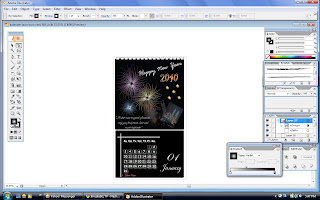
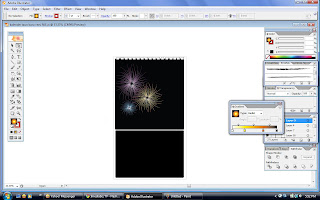
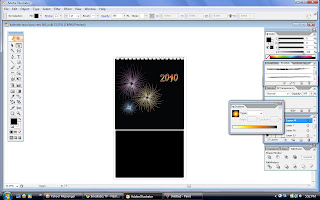
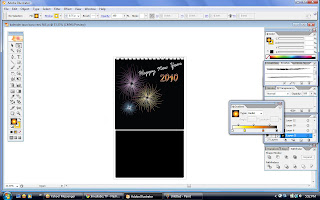
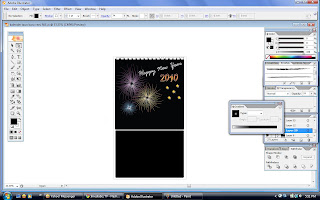
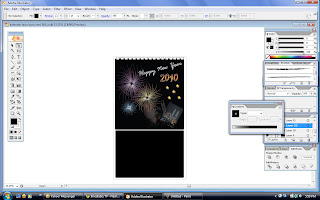
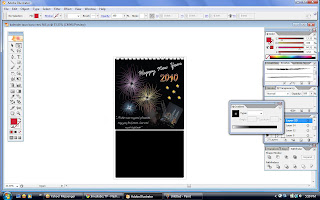
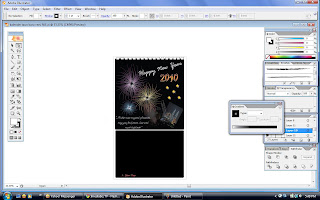
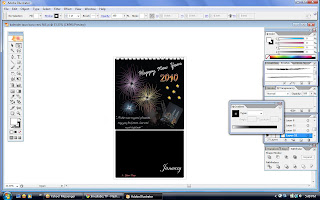
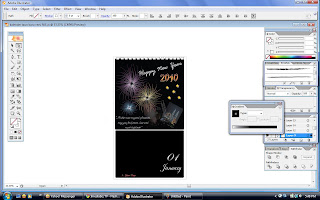
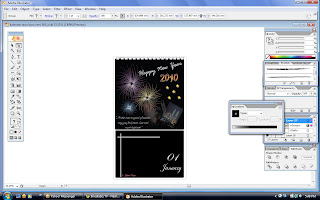
Step by Step to make STARBUCKS LOGO





Hmmff,,,
Why Starbucks??
| Type | Public (NASDAQ: SBUX) |
|---|---|
| Founded | In 1971 across from Pike Place Market in Seattle, Washington |
| Founder(s) | Zev Siegel, Jerry Baldwin andGordon Bowker |
| Headquarters | Seattle, Washington, USA |
| Key people | Martin Coles, President, Starbucks International Troy Alstead, Chief Financial Officer Stephen Gillett, Chief Information Officer |
| Industry | |
| Products | Made-to-order beverages Bottled beverages |
| Services | Coffee |
| Revenue | ▲ US$9.411 billion (2007) |
| Operating income | ▲ US$1.053 billion (2007) |
| Net income | ▲ US$672.64 million (2007) |
| Total assets | US$5.343 billion (2007) |
| Total equity | US$2.284 billion (2007) |
| Employees | 172,000 (2008)[1] |
| Subsidiaries | Starbucks Coffee Company |
| Website | Starbucks.com |










